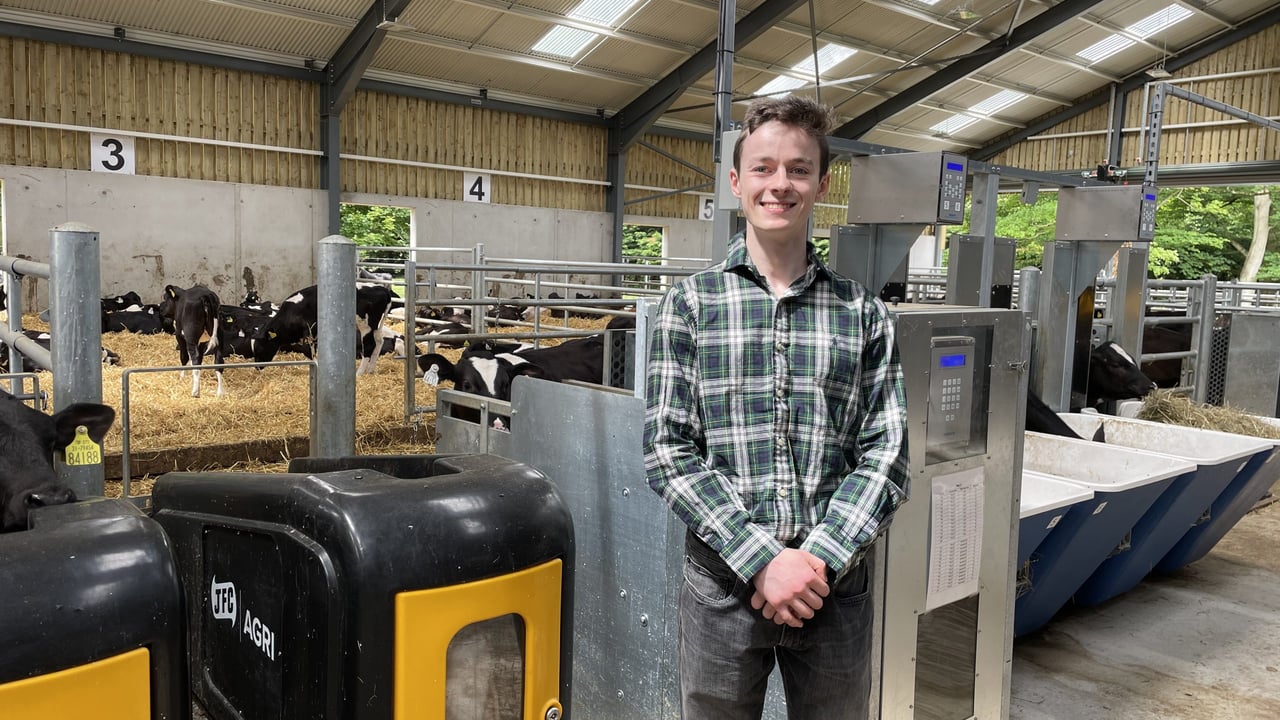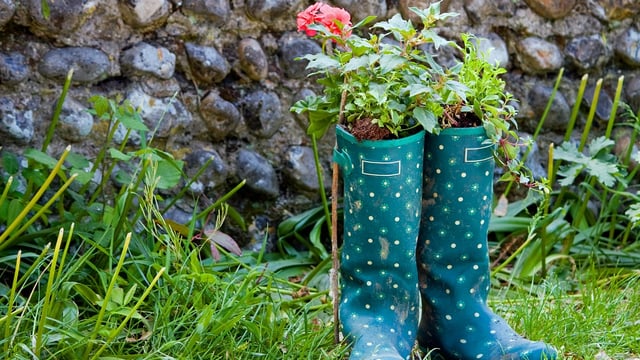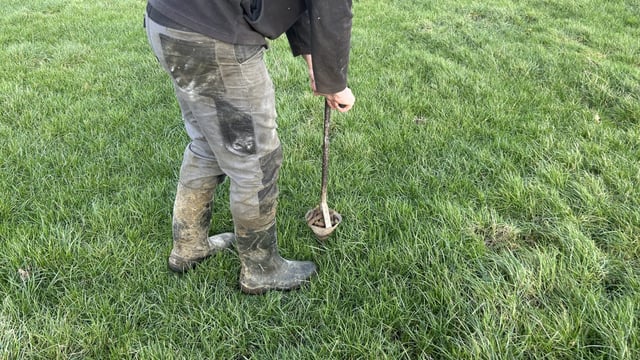PhD student update from UCD Lyons calf research facility
On a recent visit to the University College Dublin (UCD) dairy calf education and research facility located at UCD Lyons Farm, Co. Kildare, Agriland caught up with PhD student Ciaran McGee from Trim, Co. Meath.
McGee graduated from Animal and Crop Production (ACP) in UCD in September 2024 and started his PhD in October.
When speaking to Agriland late last month (May 28), the core focus of McGee's research was on the early life nutrition of the dairy heifer and dairy-beef calves.
The following companies and entities supported the development of the dairy calf education and research facility facility:
- ABP Food Group;
- Dairy Research Ireland;
- FBD Trust;
- JFC;
- MSD;
- Ornua.
Speaking to Agriland, the PhD student explained: "We have two simultaneous trials running at the moment, one with a heavy pre-weaning focus in terms of dairy heifers, looking at two different milk-feeding plans and two different concentrate types - being coarse and a pellet feed."
With the dairy-beef calves, he explained there is a post-weaning focus study "looking at two forage types, being hay and haylage", and also examining two different concentrate to forage ratios - being feeding ad-lib and feeding 2kg/calf/day restricted.
"In terms of the dairy heifers, one of the main drivers behind the enhanced early life feeding is to try and maximise growth when the animal is more biologically efficient, with the goal of advancing the onset of puberty and to have the heifers calving down at 24-months-of-age."
The heifers were turned out to grass at 17-weeks-of-age at an average body weight of 137kg for the coarse and 141 kg for the pellet calves.
For the dairy-beef animals, again, McGee explained: "We are trying to exploit the animals' biological efficiency in that early-life phase to allow them to meet their weight-for-age targets at housing (over 250kg), which will ultimately allow them to reach market specification at a younger slaughter age ( of 20-21 months).
"There will also be an economic comparison made between treatments at the end of the first production cycle. At the moment, the restricted (75:25) calves are growing at a rate of 1kg/day, whereas the ad lib calves (90:10) are growing 1.4kg/day."
"With the integration of the calf-rearing facility into the farm system, we will be able to characterise the influence of the different dietary regimes on lifetime productivity in terms of milk production and age at slaughter/carcass weight."
Commenting on how the trials have been progressing, the student researcher explained that data from these trial calves will be collected up until housing in their first winter.
McGee said: "Any sort of differences we might see between treatments, we'd be able to better characterise then, but at the moment, there could be only maybe 2kg in difference between average bodyweight say a between our coarse heifers and our pellet heifers."
As of late May, the heifers on the pellet diet were weighing approximately 134kg on average and the course calves weighing 132kg bodyweight on average at an average age of 125 days.
The restricted dairy-beef calves have an average weight of 135kg, whereas the ad-lib calves are 150kg, at an average age of 17 weeks (124 days).
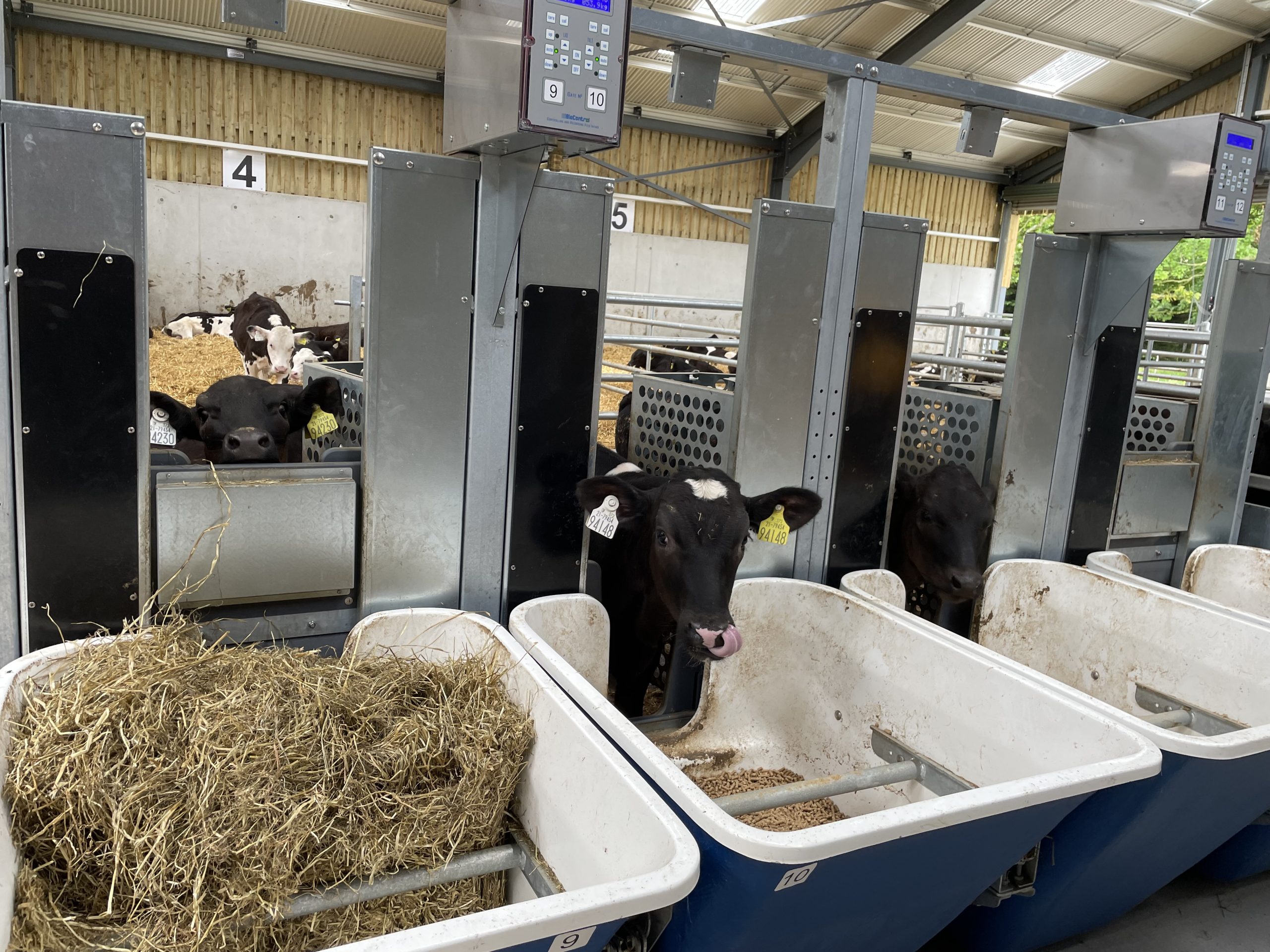
The research focus for the dairy-beef calves is post weaning trials looking at two forages.
"Up until weaning time, they would have been reared the same," he explained.
As of May 28, these calves had only been on their research trial for 10 days. Of the 153 calves in the shed on the day, 15 were still on milk.
McGee explained that the replacement dairy heifer calves were on two different milk feeding plans. One group of calves were on 10L/day and one group on 6L/day, with both at 15% concentration.
He said: "The calves that were on a 10L/day allocation day were weaned down over a 21-day period, so from 10L/day down to 2L/day and the 6L/day calves were weaned down over a two-week period, from again from 6L/day to 2L/day and then the beef calves were reared the exact same way then as the 6L/day heifer calves."
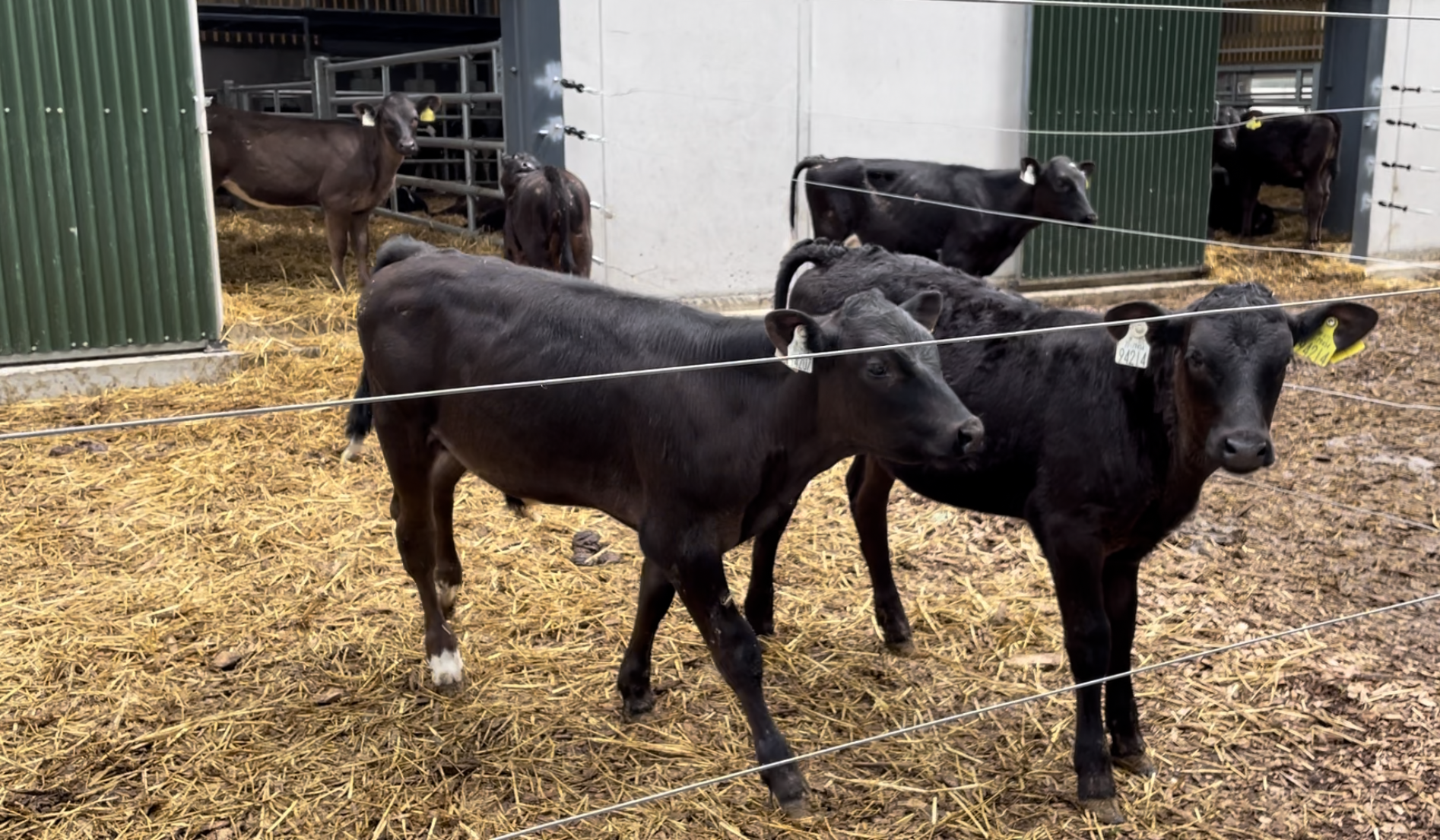
"We're allowing them to drink three times/day for the 6L/day calves and four times/day for the ad-lib calves (10L/day) and as they're going down, they go down in a linear fashion in terms of milk volume allocation so the concentration stays the same [at 15%]."
While water intakes is not an area of focus for the calves this year, McGee said the research facility has started measuring methane for the first time ever in the young calf.
"So we've followed baby calves on right from the milk-feed stage to just post-weaning, and now we're doing two weeks post-weaning and that's through a GreenFeed," he explained.
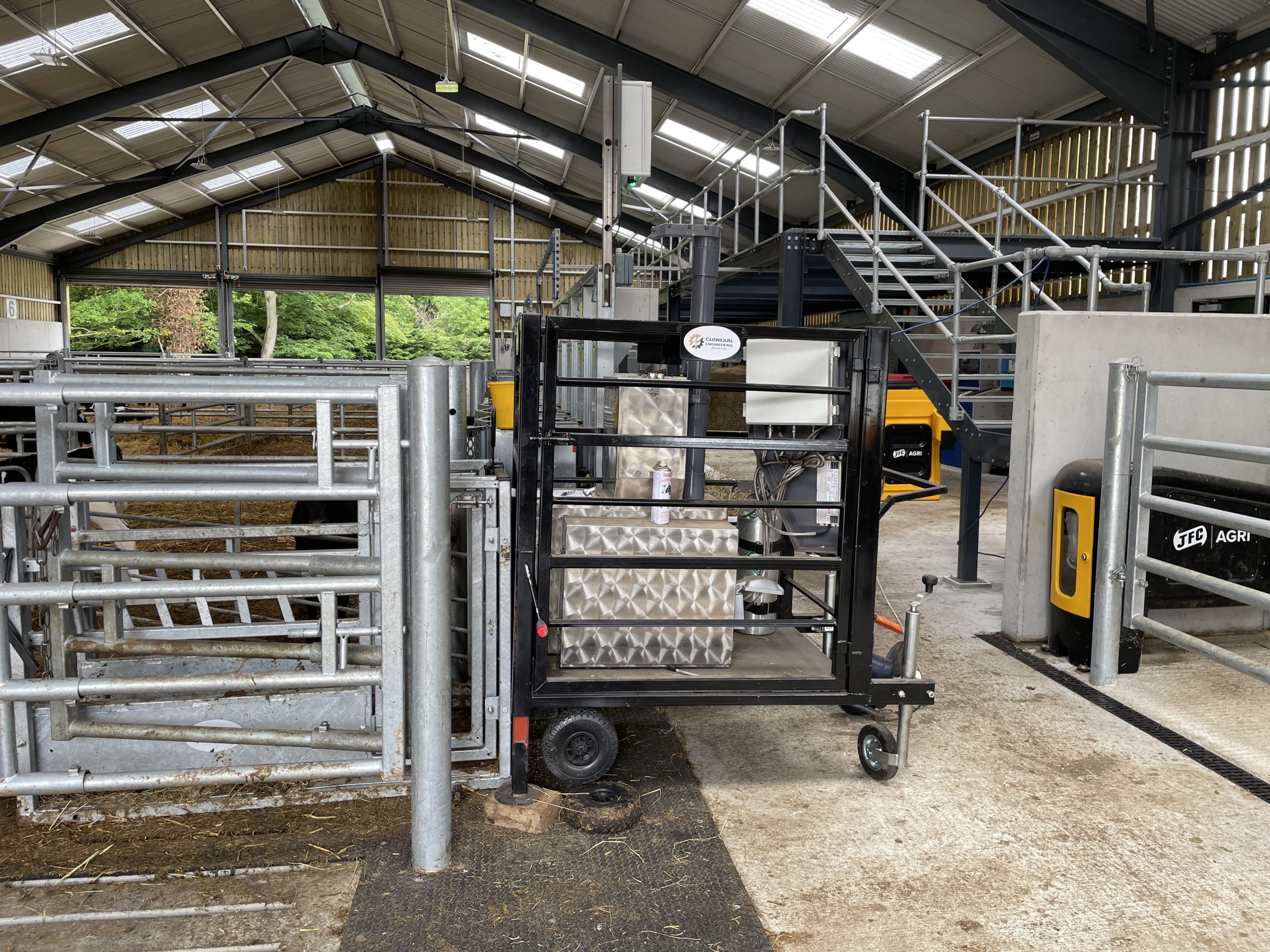
Stay tuned to Agriland for updates and findings from these research trials and others at the UCD Calf Research Facility.

